Elliot Wave Techniques Simplified: How to Use the Probability Matrix to Profit on More Trades
$22.45
| Author(s) | |
|---|---|
| Format |
|
| Pages |
169 |
| Publication Year |
2016 |
Based on the principles of visionary analyst Ralph Nelson Elliott, the time-tested techniques you’ll find in Elliot Wave Techniques Simplified have helped successful traders navigate the waves of the financial market since the 1930s. Now you can apply these classic but complicated methods using a modern, simplified approach that will help you identify cycles, anticipate trends, and cash in on your trades.
Author’s Introduction:
In talking with traders around the world, one of the biggest complaints I hear when they are attempting to use Elliott Wave analysis is that many feel it is subjective, making it unreliable. Others have voiced concerns that it is overly complex, making it difficult to learn and too cumbersome to use. I’m here to tell you that when you use Elliott Wave analysis correctly, it is neither overly complex nor cumbersome. And when you employ the techniques covered in the following chapters, Elliott Wave analysis becomes reliable because you know how to identify the wave counts with the highest probabilities.
I’ve designed this book to simplify the process and make it easy for the novice and experienced trader alike to learn how to use the Elliott Wave count without having to resort to head-spinning calculations. And doing so will help you remove the subjectivity you may have experienced in the past. You will learn how to quickly and easily identify Wave 3 of the Elliott Wave pattern. This ability in itself will improve your trading skills immensely, since it is Wave 3 that the savvy professional traders use to generate the bulk of their profits.
Here you’ll also see how to place a numerical probability percentage on Elliott Wave counts using the McDowell Probability Matrix, thereby separating stronger wave counts from weaker wave counts. Plus, you’ll learn how to apply what is known as the classical approach to Elliott wave analysis in conjunction with a more modern approach that yields higher probability wave counts and goes a long way in removing the subjectivity in your analysis.
From this point on you will have a systematic and straightforward mathematical approach to learning and then implementing the Elliott Wave count. Now you will have a “road-map of the markets” to help anticipate and then prepare for future price action rather than having to react to significant events that have already happened—so you will no longer be reacting to these events after the fact. The methods you will learn in this book do not require any specialized software other than a good quality charting platform and market data feed, which you are probably already using.
Contents:
- Who Is Ralph Nelson Elliott?
- Manias, Panics, Bubbles, and Crashes
- Classic Elliott Wave
- Classic Fibonacci Sequence
- Modern Elliott Wave
- Combining Classic and Modern Techniques for a Better Result
- Using the McDowell Probability Matrix to Trust and Verify Signals
- Real-Life Case Studies
- A Student’s Perspective by Dean Jenkins
Elliot Wave Techniques Simplified: How to Use the Probability Matrix to Profit on More Trades By Bennett A. McDowell pdf
22 reviews for Elliot Wave Techniques Simplified: How to Use the Probability Matrix to Profit on More Trades
Clear filtersOnly logged in customers who have purchased this product may leave a review.

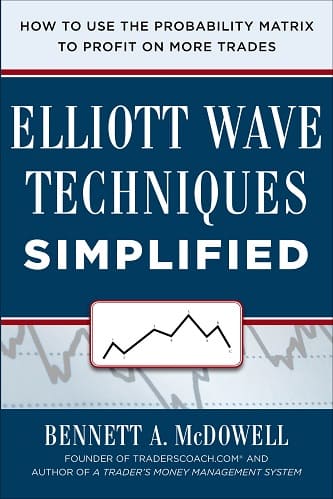
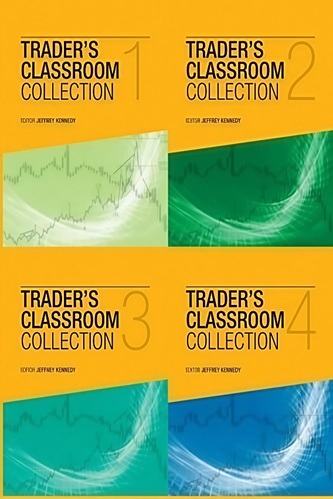
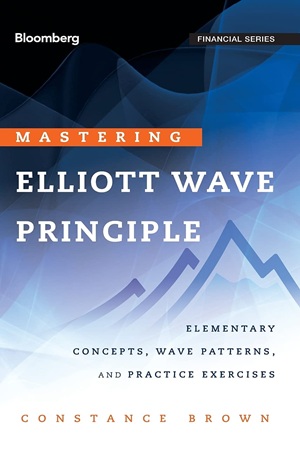
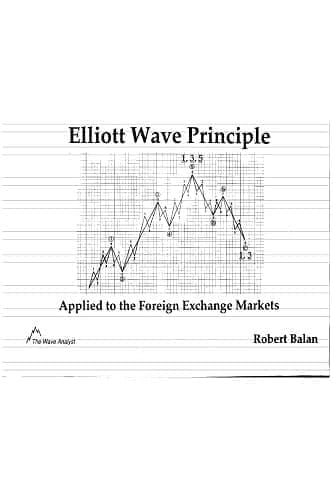
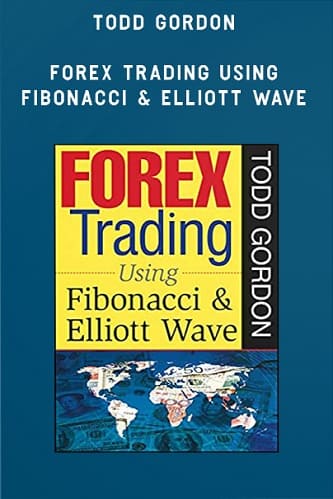


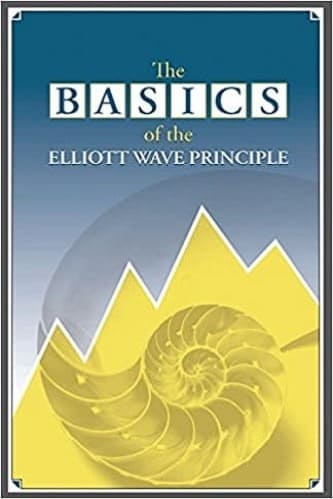

Antonio Blackburn (verified owner) –
Good book with an entirely new concept to view Elliott Waves..
Kinslee Frank (verified owner) –
the book is very informative.counts are explained lucidly.
Nathalia Duffy (verified owner) –
This book has given me a very structured way of analyzing chart in the form of six areas to focus. Of the six areas ,I personally learnt the application of Price Oscillator histogram(with suggested settings ) to identify the wave counts with ease.
Rylee Cherry (verified owner) –
Excellent and simple introduction to EW.
Amari Rowland (verified owner) –
Deficient.
Vance Good (verified owner) –
very happy with this book, an interesting background before getting into the meat of the theory , couldn’t put it down
Alianna Fox (verified owner) –
This is a great book on Elliot wave
Amanda Riley (verified owner) –
Bennett McDowell’s newest book is an outstanding achievement. It is fun to read, thought provoking, and filled with useful recommendations.
Ben makes a convincing case for why financial markets are not entirely random, that they ebb and flow in reasonably predictable cycles based on human emotion. More importantly, the book can be helpful for any market participant hoping to achieve awareness of the beliefs and emotional factors that affect your investment decisions.
Elliott Wave Techniques by Bennett McDowell is an important contribution to the trading literature, and I recommend this book for anyone interested in learning something new about how markets work.
Brian Blake (verified owner) –
I would not recommend reading this book specially for beginners. McDowell do not explain Elliot Wave in-depth instead it is 20% biography of Ralph Nelson Elliott, 30% overview of his Elliot wave technique and 50% testimony of his student on traderscoach.com.
Emory Serrano (verified owner) –
Very good book
Jimena Salazar (verified owner) –
Excelent
Frida Proctor (verified owner) –
pro: simple explaination
cons: promoting own tools
Brody Ellison (verified owner) –
Simple to read. Easy understanding.
This book gave me more applied understanding in practicing Elliot Wave counts.
Milan Henson (verified owner) –
to read this book, you have to purchase the author’s indicators about 800$, and he keep talking about these indicators all the time like he want to sell the indicators instead giving idea for trading
Ivan Jenkins (verified owner) –
This book is the best. Recommend you read a few books prior to this one. But the is the best I’ve read yet.
Liberty Welch (verified owner) –
If you want the real skinny on cycles of market price movements, Bennett McDowell’s book lays out the story and his own interpretations of how to make use of Elliot’s early discoveries.
Rome Wyatt (verified owner) –
A good book to understand the basics of Elliot Wave Theory and gives a practical approach 👍
Harleigh Hines (verified owner) –
This book is very simple and well explained, I’ve read several books on Elliott Wave theory and others make it so complicated, this one goes to the ground and explains it so well that an elementary age kid would be able to understand the concept.
Raina Meyer (verified owner) –
I have been learning and improving technical analysis for years but could never grasp or properly learn Elliott Wave Theory. This book broke everything down and I could not put the book down until I finished it. I read it in one day and began applying techniques to charts. The author direct you not to force waves on a chart as there are thousands of stocks and charts. I finally found two charts so far and the theory from this book applies perfectly. I am already able to determine when and where the stocks will move. This book has already paid for itself and then some.
This is one of the best investments I have made.
Kyng Suarez (verified owner) –
I saw the reviews here and therefore I buy this eBook. I usually ignore wave during my abalysis, not because of I don’t want to learn, but I feel ditficult to count wave, even though I got CMT. Therefore I simply ignore it.
I have finished reading only half of it now, but cannot wait to give out thia good review. I have already learned using histogram and RSI to spot when is wave 3 and 5. It is a step by step guide to teach you in a simple way. But for sure, at least you should have some idea of what is wave before reading this one. If you are same as me, afraid of counting wave, you should try to read this book.
Braylen Craig (verified owner) –
Definitely worth the price of admission. Once again Bennet McDowell has taken the complex and arcane and put it into the language of mere mortals. Sure i had heard of Elliott Wave and Fibonacci and his re-traements and read several other books on both subjects. This book is literally a page turner. i started to read it Saturday afternoon and before i knew it i was ½ way through it. Bennett has the uncanny ability to communicate vey complex concepts into understandable language, I had to force myself to stop reading it so i could digest all the information provided to that point – much like a Stephen Hawking book – read and re-read sections so that you convince yourself that you totally understand the building blocks that are being laid out for your consumption. Combine the ‘old theory’ of Elliott Wave and Fib Price retracements in conjunction with his proprietary OWL Wave indicator and PTL strength indicator and you have some of the most powerful tools as to direction of a market, a potential landing zone and a solid entry AND exit point BEFORE you buy. But more importantly – he tells you why. Add this to his ART indicators and suddenly – it all opens up for you. I looked at positions i have on the market right now and clearly i am trading against the direction of the market and certainly the stock in question. His ‘Modern Method’ brings it all together and if you practice it a bit – it will all become obvious in a very short period of time. Writing style is fantastic. Content is more then any two people could ask for and clarity like none other. I only gave it 5 stars because that is all they allowed me – this is a 10.
Hendrix Gillespie (verified owner) –
Bennett McDowell’s Elliott Wave Techniques Simplified, took me from being a total novice to becoming an Elliott enthusiast and to looking for Elliott Waves and Fibonacci sequences everywhere.
Bennett begins with Elliott’s biography. This provides a clear understanding of Elliott’s observational, analytical, restructuring and organizational skills that made him a much sought after high-level business consultant and that led to his work and publications on wave principles.
In Chapter 2, Bennett enumerates the psychological factors that create movement in the markets. Using examples, exercises and visual aids, he carries this beyond theory and has convinced me of this chapter’s importance.
Elliott’s 1938 classic wave theory rules are clearly presented with illustrations in Chapter 3. Bennett concludes this chapter with two valuable summaries worth printing out: “McDowell’s Elliott Wave Guidelines” and “Elliott Wave Statistics For All Five Waves.”
The Fibonacci series, its relationship to Elliott Wave theory and application to trading are well presented in Chapter 4. As throughout this book, Bennett provides the “take home and use” information that does not require high level math skills.
Whether you are using indicators readily available on charting software or the proprietary A.R.T. software indicators, Chapters 5, 6 and 7 provide the additional information needed to implement these trading techniques.
In Chapter 6, Bennett presents “The Best of Both Worlds” by combining classic Elliott Wave analysis with his “McDowell Probability Matrix.” He continues in Chapter 7 with information on using the Matrix to “Trust and Verify Signals.”
“My Favorite Trade Setups” in Chapter 8 are presented in a very clear, step-by-step fashion.
In Chapter 9, “A Student’s Perspective,” Dean Jenkins of FollowMeTrades.com relates his compelling story of how his emotions caused him a large loss in the fall of 2000. Dean continues the chapter with much of the knowledge that he has gained since then. (“Good judgment is the result of experience and experience the result of bad judgment.” – Mark Twain)
For those who have ignored Elliott Waves believing this technique to be out dated or too difficult, this book will allow you to easily gain useable information that remains pertinent today.